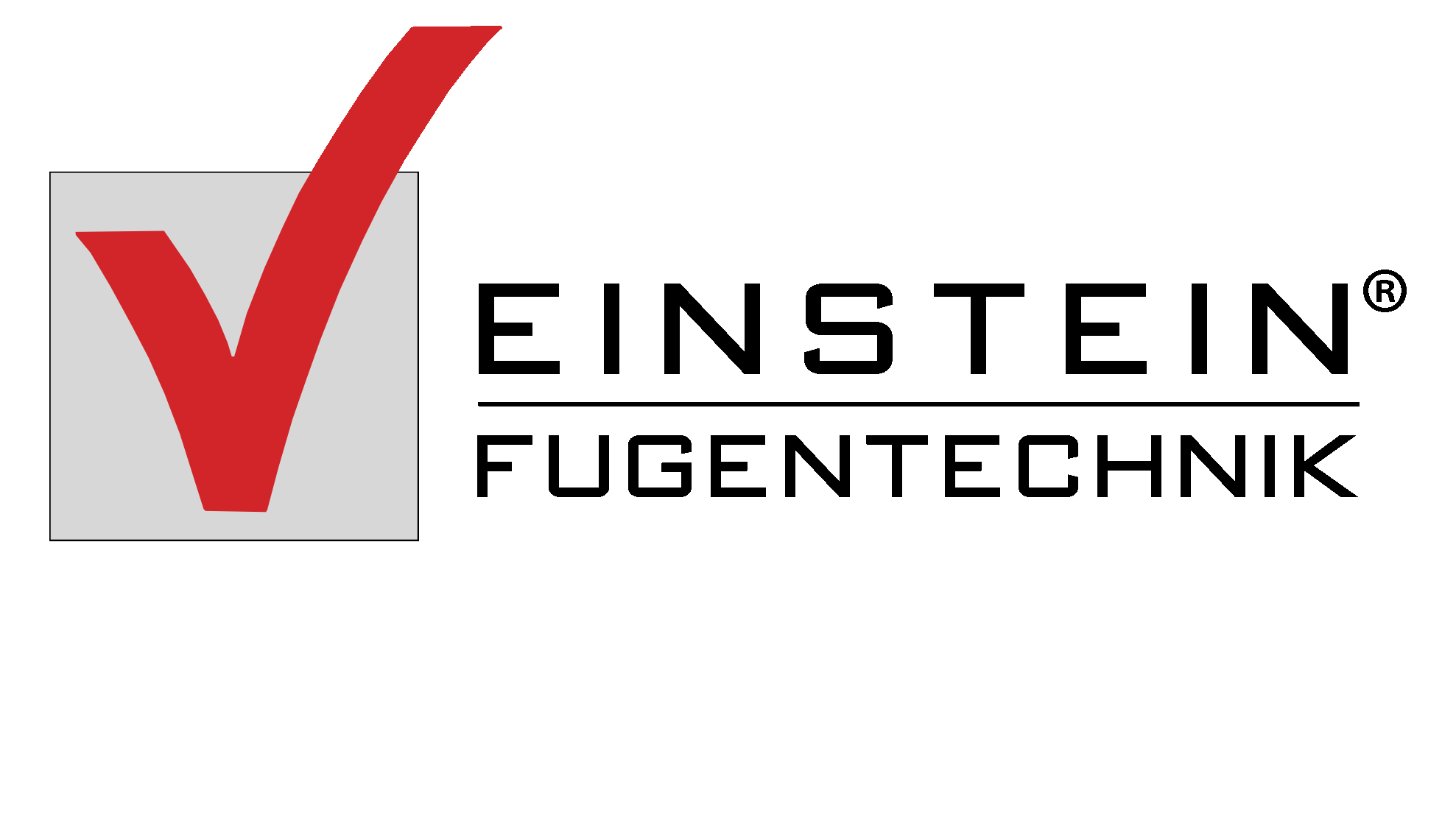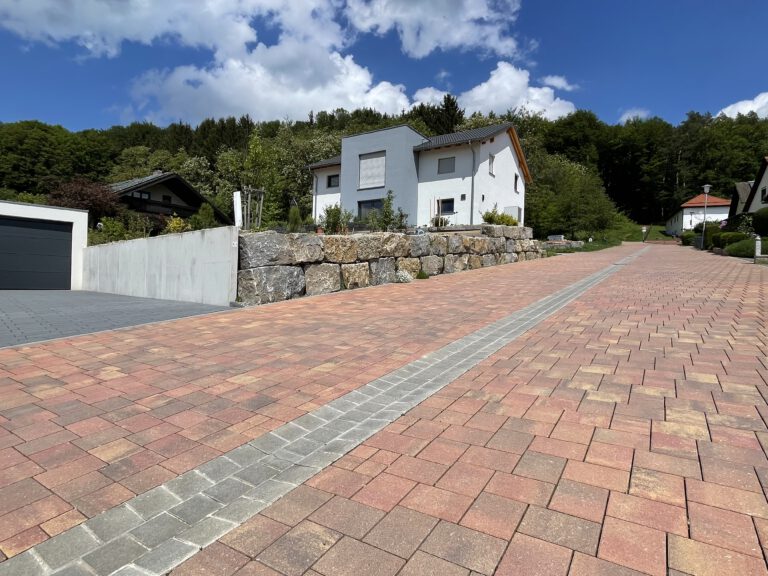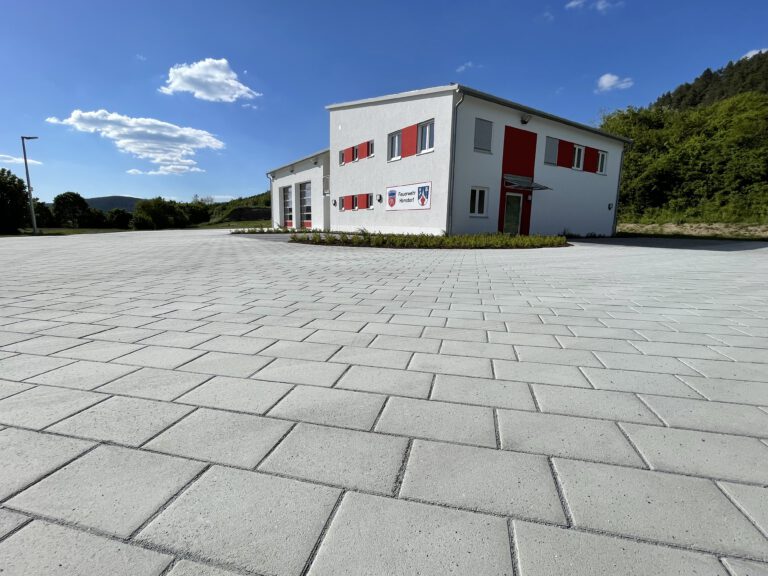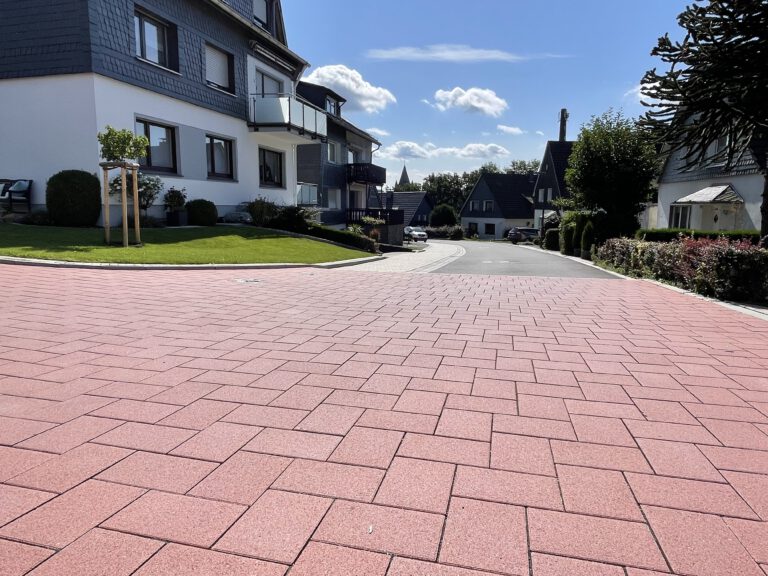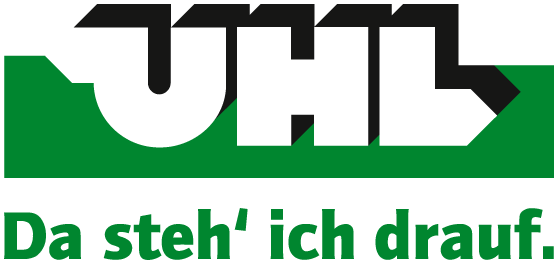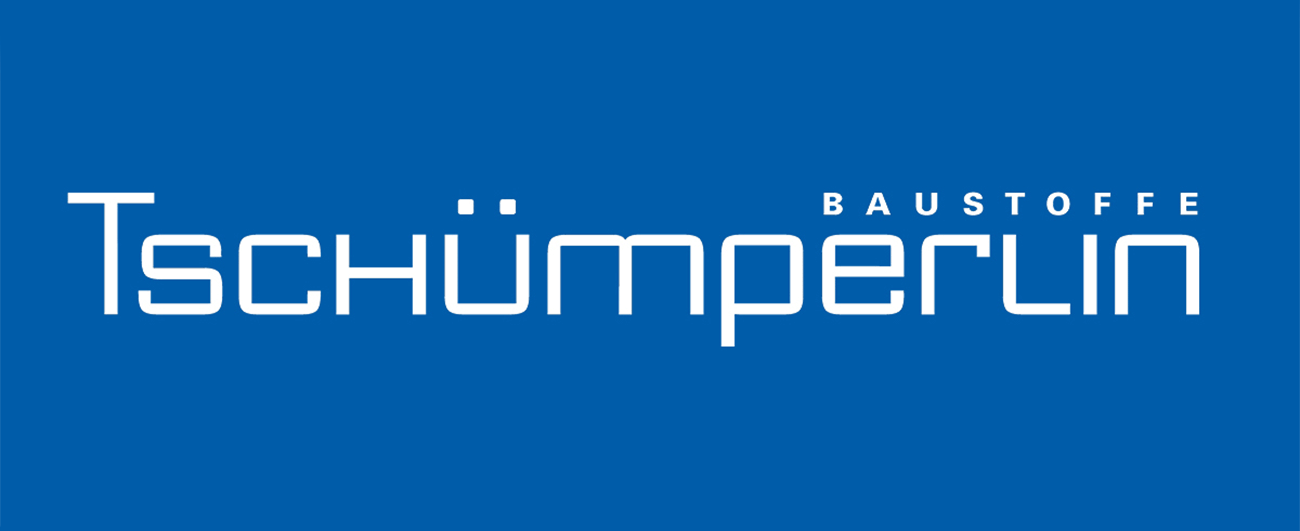Urban development in Upper Franconia
Since the early 1970s, the federal and state governments have provided financial assistance for investments in the renewal and development of cities and municipalities through urban development programs. The aim is to strengthen cities as business and residential locations and to permanently remedy any deficiencies or shortcomings. One of the starting points in this context is to upgrade the design of public spaces. In smaller municipalities, the focus is particularly on the paved areas in the town centers, as these are particularly well suited to creating the desired village ambience if they are suitably designed. In addition to the visual requirements, these areas must also increasingly fulfill functional tasks. The example of the Upper Franconian municipality of Hirschaid-Sassanfahrt, where other important aspects had to be taken into account in addition to the design upgrade when renovating a small village, shows how different requirements for the paving can be met at the same time.
Sassanfahrt is located between Forchheim and Bamberg – a district of the Upper Franconian market town of Hirschaid with around 2,200 inhabitants. When the market town council decided in February 2019 to renovate the road through the town as part of the urban development program, those responsible had several objectives to consider at the same time. Stefan Endres – head of the Hirschaid market’s building authority – describes the situation: “The thoroughfare in Sassanfahrt had almost no quality of life and had major deficits in terms of design and function. The refurbishment backlog with subsidence and fractures due to the inadequate superstructure density and numerous excavations in the asphalt was obvious even without extensive specialist knowledge. There were many small side areas and niches in the public space of the thoroughfare that could be made more attractive and usable,” says Endres.
Creation of attractive and continuous footpath connections
Therefore, in addition to a complete resurfacing of the asphalt roadway and extensive civil engineering work (new rainwater drain), those responsible in the municipality also decided to redesign the sidewalks with a suitable paving material. As not all of the footpaths were continuous, one of the most important objectives was to create attractive and continuous footpath connections. Hans-Jürgen Sauer from the engineering firm Sauer + Harrer GmbH in Eggolsheim describes the main urban planning idea: “The overriding aim was to upgrade the thoroughfare and its side areas as recreational areas and pathways for everyday use and on special occasions such as church fairs. To this end, the central area of the Anger and the area in front of the old town hall were structurally upgraded and strengthened and connected to each other and the town as a whole with a continuous footpath. Barriers for pedestrians and cyclists were also removed and the infrastructure for local public transport and resource-saving mobility was expanded,” says Hans-Jürgen Sauer. Sidewalks with a width of 1.5 m were created along both sides of the through road. For this reason, the planners were looking for a pavement that would significantly enhance the appearance of the village and also permanently withstand the loads that occur. “After all, the sidewalks also serve as access roads to a few businesses and are therefore exposed to a certain amount of traffic – not just cars,” explains Stefan Endres.
Einstein paving with D-point joint technology
The decision was made to use “Il Basolo Plus” – a paving system from Angermüller near Coburg – for the approximately 7,000 square meters of sidewalks. This 10 cm thick paving system from the Einstein paving family features D-point joint technology, which ensures that there is only minimal contact at the bottom edges of the stones when they are laid. Unlike many other interlocking pavers with spacer or interlocking cam systems, the proportion of the surface where the stones touch is therefore very small. This avoids crunching and the joint required to absorb traffic loads is always maintained, thus ensuring optimum force transmission between the stones. In the sensitive areas, the stones were laid on a 21 cm thick frost protection layer (0/56), followed by a 15 cm thick gravel base layer (0/32) with a 0/5 chippings bed of 4 cm.
Stresses cannot harm the plaster
“We already had good experience with this paving system in the area around the cemetery a few years ago. The paving can withstand any loads that act on the surface thanks to the optimal joint design,” explains Stefan Endres. For the parking stands, the planners chose the “Einstein-Angerflor” grass joint paving – also from Angermüller. This also features the Einstein D-point joint technology, but also enables increased rainwater infiltration. The surface used here also has its visual qualities. Stefan Endres: “The stones in the warm ‘shell limestone’ color emphasize the village character and thus bring back the desired quality of stay to the thoroughfare.
The renovation work will be completed in fall 2022. The cost share of the road renovation for the district of Bamberg amounts to around €415,000. The remaining costs of around €1.8 million will be borne by the Hirschaid market. Part of this will be covered by urban development funding from the government of Upper Franconia. Planner Hans-Jürgen Sauer concludes: “With the renovation, a positively introduced design image was continued, which will also connect the different areas of Sassanfahrt in terms of design in the future.”

